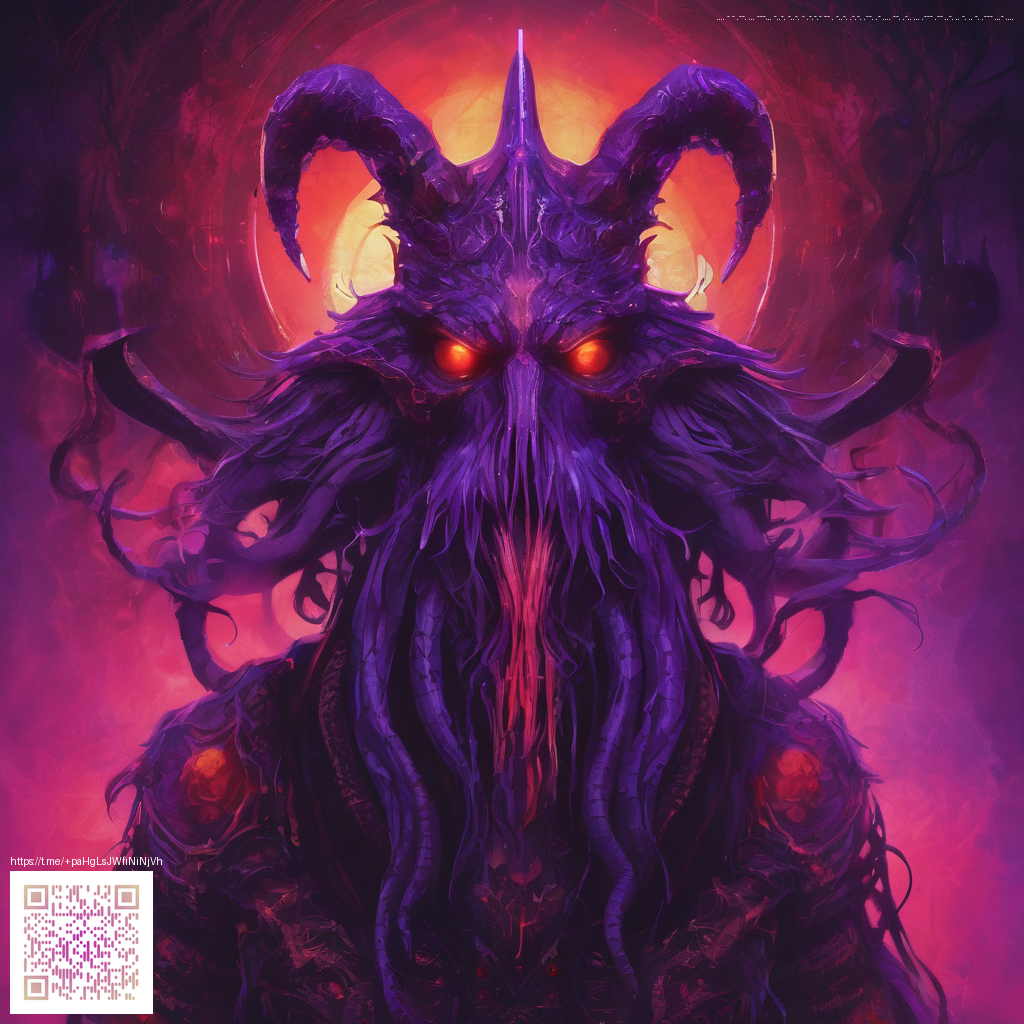
From Real to Render: Photography Essentials for Paper
Bridging the tactile world of paper with the precision of digital display starts with thoughtful capture. This guide walks you through practical steps to preserve texture, color, and detail when you photograph pages for online galleries, portfolios, or digital archives. By treating lighting, camera setup, and workflow as teammates—rather than afterthoughts—you can transform a simple sheet into a faithful digital render.
Set Up Your Scene: Lighting and Background
Begin with soft, even light. Diffuse daylight or use a large softbox to minimize harsh shadows and glare that wash out ink and texture. A neutral background—white or light gray—helps the page read cleanly on screens and makes color judgments easier during post-processing. Position lights at a shallow angle (roughly 15–20 degrees) to reveal the paper’s surface texture without creating specular hotspots.
Light is the solvent that makes ink and texture visible. A well-lit page feels tangible even on a flat screen.
Camera Settings and Gear
Great results come from deliberate control rather than luck. A sturdy tripod keeps perspective consistent across pages, while a remote shutter or timer eliminates camera shake. Shoot in RAW to maximize dynamic range for subtle tonal shifts in ink and paper.
- Keep the page parallel to the camera sensor to avoid keystone distortion.
- Use a moderate aperture (around f/5.6 to f/8) to balance depth of field with sharpness across the page.
- White balance should reflect your lighting; start around 5500–6000K and adjust to taste in post.
- If you’re using a smartphone, a stable mount and a macro or close-focus lens can yield surprisingly strong results.
Texture, Color, and Paper Characteristics
Paper surfaces vary—from smooth stock to laid or textured finishes. Ink densities can shift with the surface, so aim for exposure that preserves the full tonal range without clipping highlights. Consider a calibrated gray card in some shots to anchor color decisions, especially when your portfolio spans multiple papers or printers.
Faithful color and texture are the currency of credibility in digital archives.
Workflow: From Shoot to Screen
Your workflow defines the final render. Start with a clean, repeatable setup, capture in RAW, then move to processing with a consistent color profile. Calibrate your monitor and apply the same scaling and crop for every page to preserve a cohesive look across a collection. If you’re organizing a desktop photography station for longer shoots, a comfortable wrist rest can help maintain steadiness during careful adjustments. A practical option is the Foot-shaped Ergonomic Memory Foam Wrist Rest Mouse Pad to support your hand during extended sessions.
Exploring a balanced approach between shooting and scanning can yield the richest results. Sometimes a careful photograph can capture subtle fade and edge detail that a scan alone might miss, especially when the goal is to preserve texture in a digital gallery or a printed anthology.
Color Management and Output
Decide early what your final medium will be. For web display, convert images to sRGB, which provides broad compatibility across devices. If you’ll print, work with a broader color space like Adobe RGB and use soft proofing to anticipate how inks will render on paper. A simple, repeatable approach—shoot with a neutral target, maintain consistent lighting, and apply uniform sharpening—will keep your pages legible and true to their source.
Practical Tips for Paper-Centric Shoots
- Keep the page flat and avoid reflections by using a non-glossy backdrop or polarizing approach if necessary.
- Test a few angles to find the sweet spot where texture and ink density are most legible.
- Bracket exposure slightly to protect highlights in white areas while capturing subtle tonal transitions in darker text.
As you move from real to render, clarity and consistency beat complexity. Treat each page as a small passport to the past, and your viewers will feel the journey.
For a broader discussion on image assets and how writers and designers frame their work, you can reference the page that inspired this piece. https://shadow-images.zero-static.xyz/591bb82a.html